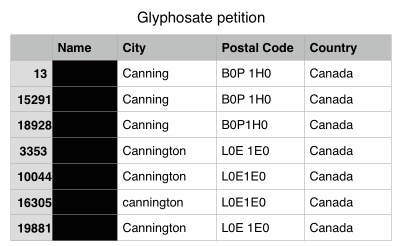It all started with me looking afresh at the list of 21,000 folks that supported my petition for the Government of Canada, Ministry of Health, to disclose safety test data on the chemical Glyphosate, in herbicide RoundUp and VisionMax, by Monsanto. That lead me to a few places in Canada were apparently named after a Mr. Canning where the petition had a few supporters. I knew the name Canning, as the last name of a noted English high born family of the mid nineteenth century. I remembered a place in India bearing the same name. Further, the name reminded me of a number of mystical water colour paintings of India created more than 150 years ago, by a noble Englishwoman named Charlotte Canning, or Lady Canning, perhaps the most prolific of all major female painters from India till date. Finally, I remembered a local sweet of Bengal that was named after Lady Canning – “ledikeni”. And all of this, somehow, was vaguely related to my effort to raise awareness on the dangers of the synthetic molecule glyphosate.
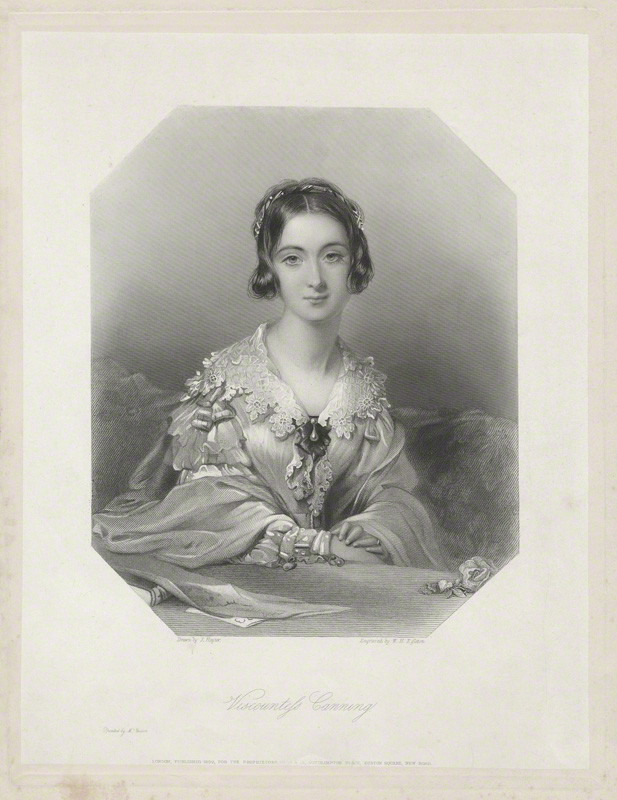
Charlotte Canning
Lastly, I contemplated covering this tenuous link between seemingly unconnected far flung towns spanning opposite ends of the globe, as a chapter of my never ending book – from the unique perspective of an immigrant from eastern part of India, to settle in the western edge of Canada, who was also involved in finding ways to expose, raise awareness on, and help curb within my means a reckless use of the toxin glyphosate, which I believes to be at the root of not just a global health crisis, but also a symbol of a crisis of civilization where sovereignty of nations were being undermined by corporate power.
Ironically, the first global corporation that emerged, and had enough power to subjugate large nations and even entire continents – is the East India Company, whose seat of power within India was a mere hundred miles from my birth place.
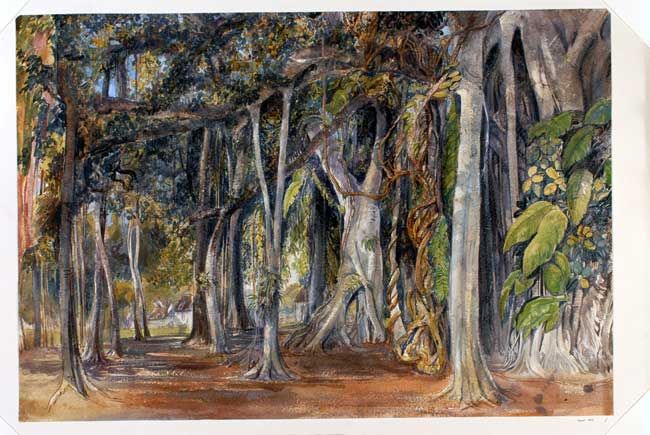
Courtesy Victoria & Albert Museum, London
The petition allows me to download a list of supporters and their towns, but not their emails of contact details. I was looking at the data to see if I could figure out which provinces and towns had how many people that had reservation about Glyphosate being present in our food or environment, and thus ended up supporting my petition.
In the process I came across two locations in Canada that drew my attention.
I had three supporters from a village named Canning, in Nova Socitia, on the far eastern edge of Canada, and four more from the town of Cannington, Ontario, in the outskirts of Toronto.
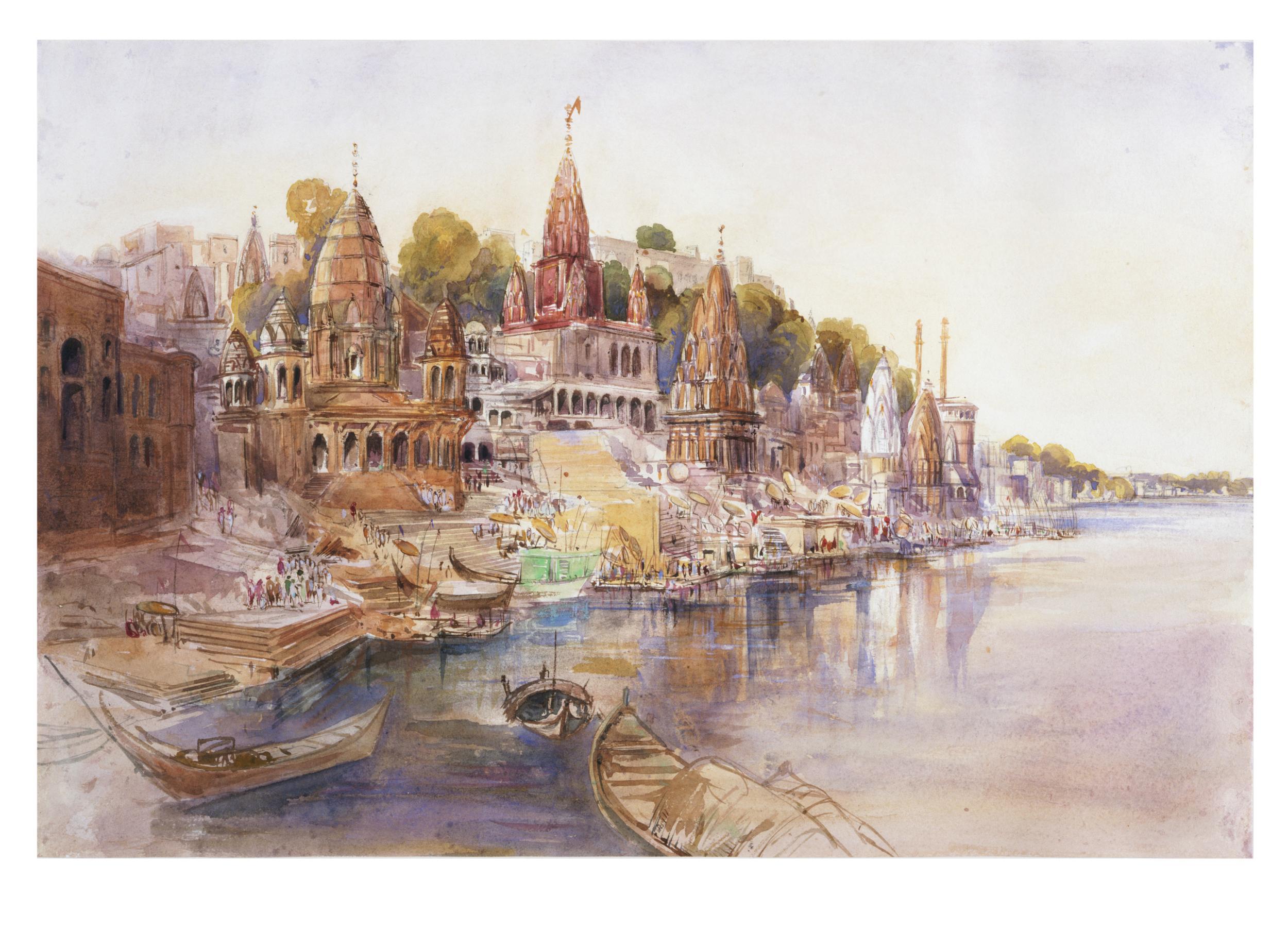
Courtesy – Victoria & Albert Museum, London
For me, a visit to the village of Canning, Nova Scotia, if undertaken by road, would involve a 6,000 km drive that would likely take me nine days of driving six hours a day, conducted largely across the border through nine states in USA and then three provinces in Canada, literally a coast to coast journey, from the Pacific to the Atlantic.
Having been born in in Santiniketan, near Kolkata, India, I could not help but compare it to a hypothetical trip from that eastern town of india, right through the country, then crossing multiple international borders and driving through Pakistan, Iran, Isis controlled regions of Iraq and possibly Syria, then into Turkey and driving right across its length to the edge of Bosphorus straight, to the city of Istanbul.
But of course I was not planning to drive, either to Canning, Nova Scotia or to Istanbul, Turkey. I had already been to Nova Scotia, and might have driven right past Canning on my way to Halifax. And I had already been to Istanbul a long time ago, as a sailor whose ship docked there.
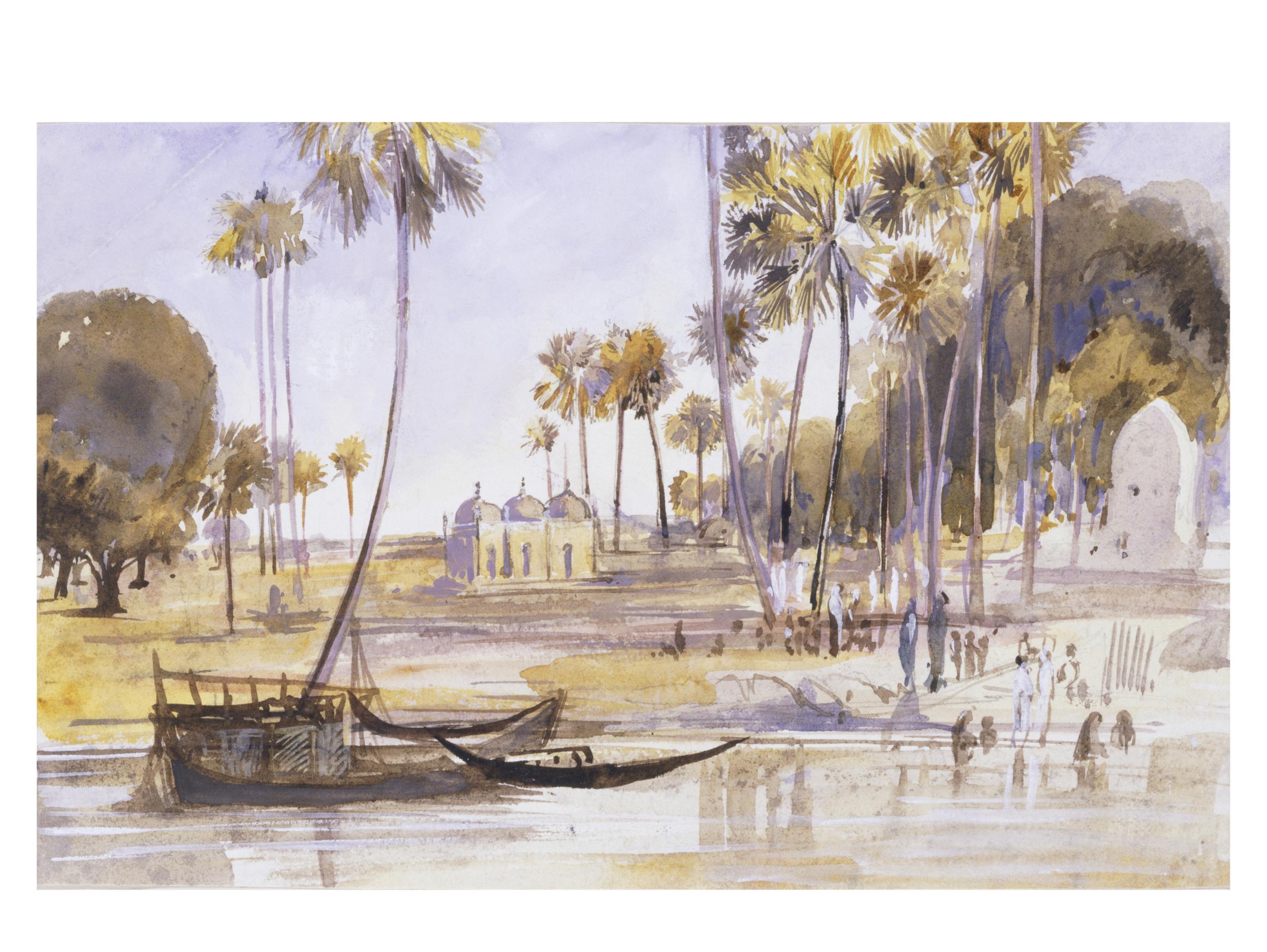
Courtesy – Victoria & Albert Museum, London
But the name of Canning and Cannington, struck a bell. Coming from West Bengal, India, I was aware of a coastal village called Canning, to the south of Kolkata, and a Bengali sweet called “ladikeni” which is derived from an English noble woman of the time, Lady Canning.
I wondered if these names, Canning and Cannington in Canada and Canning in India, halfway across the planet, had any link. And, as I soon found out, they did have a common link – a family name of the British aristocracy, of Earls, a title that, in absence of any living descendant, died out a generation after family was elevated to the rank of Earl.
The village of Canning, Nova Scotia, and the neighbourhood of Cannington, Ontario were named after the British Prime Minister George Canning. The coastal village in India was named after Lord Charles Canning, son of George, who was the Governor General of India during the Sepoy Mutiny of 1857, later promoted to Viceroy, and the family rank elevated to Earl. He was also the last Canning of his lineage, since he and his wife Charlotte did not leave any descendant, and therefore were the first and the last Canning with the title of an Earl.
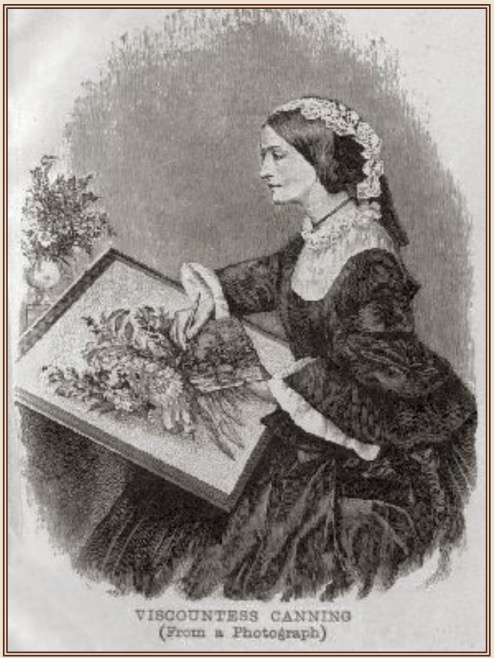
Sepoy mutiny was the first and only major nationwide armed rebellion against British rule in India. It was participated mostly by the sepoy, or the Indian rank and file soldiers of the Royal British Army, in which the general population of India did not take part. After a brutal and bloody rebellion, the uprising was eventually subdued, having failed to dislodge the British from power. It did, however, usher in a lot of changes to the nature of the administrative system overseeing the British colony for the next ninety years, till India finally gained independence in 1947.
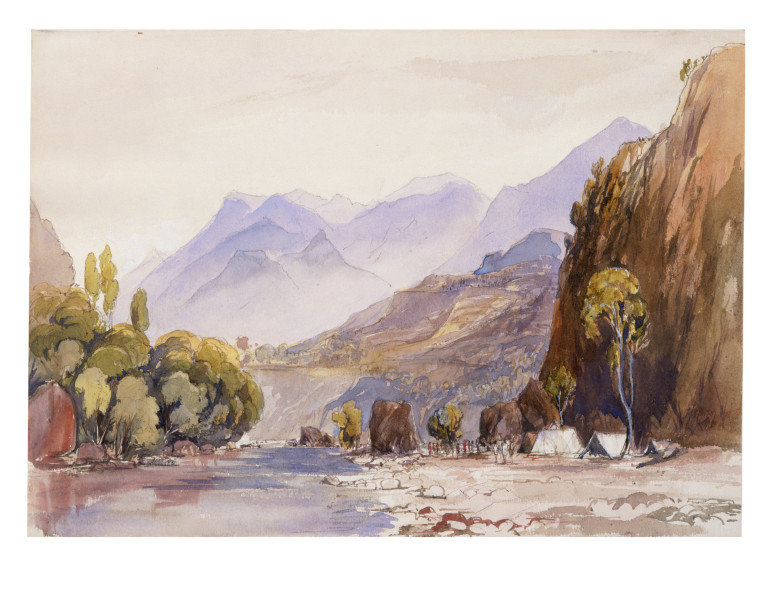 The mutiny was the first major rebellion in India against British rule, where Indian soldiers actually killed many of their white superior officers as well as European civilians. It was also occasion where Hindu and Muslim soldiers fought side by side against a perceived common enemy, the British. The next time this was to happen would be during the second world war, almost three generations later, when an Indian National Army under Subhash Bose would fight the British on Indian soil in Kohima during the later phase of the second world war.
The mutiny was the first major rebellion in India against British rule, where Indian soldiers actually killed many of their white superior officers as well as European civilians. It was also occasion where Hindu and Muslim soldiers fought side by side against a perceived common enemy, the British. The next time this was to happen would be during the second world war, almost three generations later, when an Indian National Army under Subhash Bose would fight the British on Indian soil in Kohima during the later phase of the second world war.

Images of the Sepoy Mutiny, 1857
The mutiny also signalled the end of rule of a Corporation – British East India Company. From that point on, the British Government under Queen Victoria, took over the reigns of India. The country would thence be a British colony for the next ninety years, till Gandhi and a new generation of Indians took up the movement and spread it to the Indian masses on a platform of non-violence from the inside, and Subhash Bose declared war on Britain by the Indian national army from the outside, developments that eventually resulted in a split subcontinent gaining independence as two separate nations – India and Pakistan, in 1947. Pakistan was to bifurcate again with Bangladesh as an offshoot in 1971.
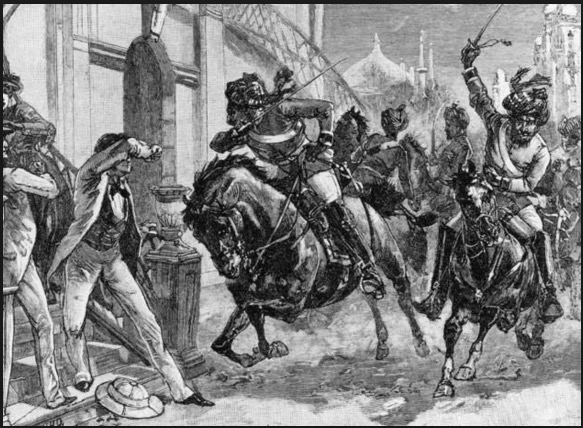
Images of the Sepoy Mutiny
Meanwhile, Governor General and later viceroy Charles Canning made some significant changes in the way of British policy towards ruling India in the aftermath of the mutiny and the brutal suppression and revenge killing that ensued. Two of the best known measures where conflicting and controversial, and one of them had a long standing historical relevance to this day.
The first was his observation that the success of the mutiny and its brutal effect in killing British and other white people was because the entire Indian solider class fought together without internal friction and hatred, in spite of the historical animosity between the Hindu and Muslim factions. Therefore, the British should adopt a policy of stoking this hatred and keeping the soldiers divided along religious lines, so the soldiers would no more be united, and each would prefer the British to maintain balance of force and each would assist the British in preventing any effort of the other to take over the reins of India. Thus, the Indian soldier should never again pose a unified threat to British Rule. That policy advice and doctrine became a sort of standard British policy all the way to India’s independence, and was critical in triggering the eventual “partition” of the nation along religious lines after a horrific sectarian violence and religious riots – ending up in creation of the nations of a Muslim majority Pakistan as a separate nation alongside a Hindu majority India.
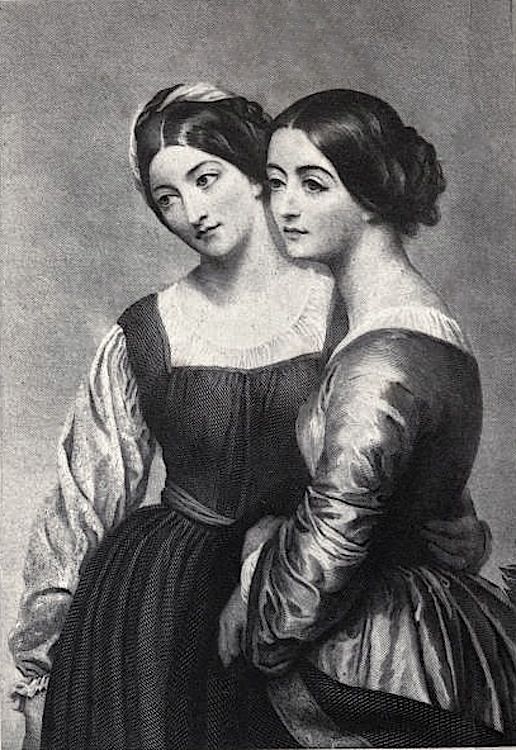
Viscountess Charlotte Canning at right.
The second notable act of Lord Canning was his decision that the British should not indiscriminately punish every Indian soldier that did not fight on alongside the British during the mutiny, and instead, make a distinction between the actual rebels that took up arms against the British and those that abandoned the army in the wake of the turmoil and went back home, to sit out the mutiny. For this act of clemency, against deep rooted and loud protest from other British officials, he was also given the nick name – “Clemency Canning”. His post of Governor General was also elevated to Viceroy. He came to India after Marquess of Dalhousie and he was succeeded by Lord Elgin.
Today, a lot of places around the world has bears the name of Canning, mostly for the father but also the son. Surprisingly, the place “Canning, West Bengal, India” is not listed, or I could not find a reference to it in wikipedia and a few other resources, possibly because no volunteer offered to add that information.
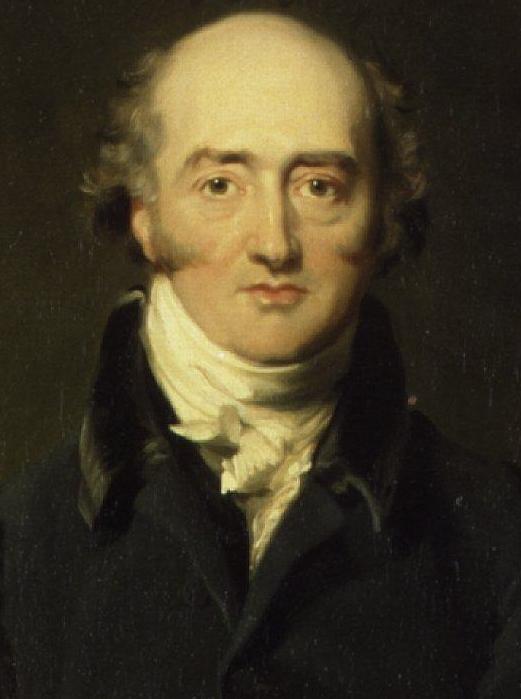
George Canning, FRS, former British Prime Minister
Bengali people like sweets. And one of the enduring sweets is ledikeni – named after Lady Canning. That was Charlotte Canning, or Countess Canning, wife of Lord Charles Canning, Governor General and later Viceroy of India. She reportedly liked that sweet, or might have actually created it or popularized it.
Charlotte Canning was better known around the world as perhaps the best known woman artist of India of the time, and perhaps even till now. Some three hundred and fifty water colour paintings of her can be seen in Victoria and Albert Museum in London, most of them of scenes and people from India. Most of them are in ink, pencil, pastel or water colour wash. Most of them are also exquisite and carries a nostalgic sense of the times a century and half ago.
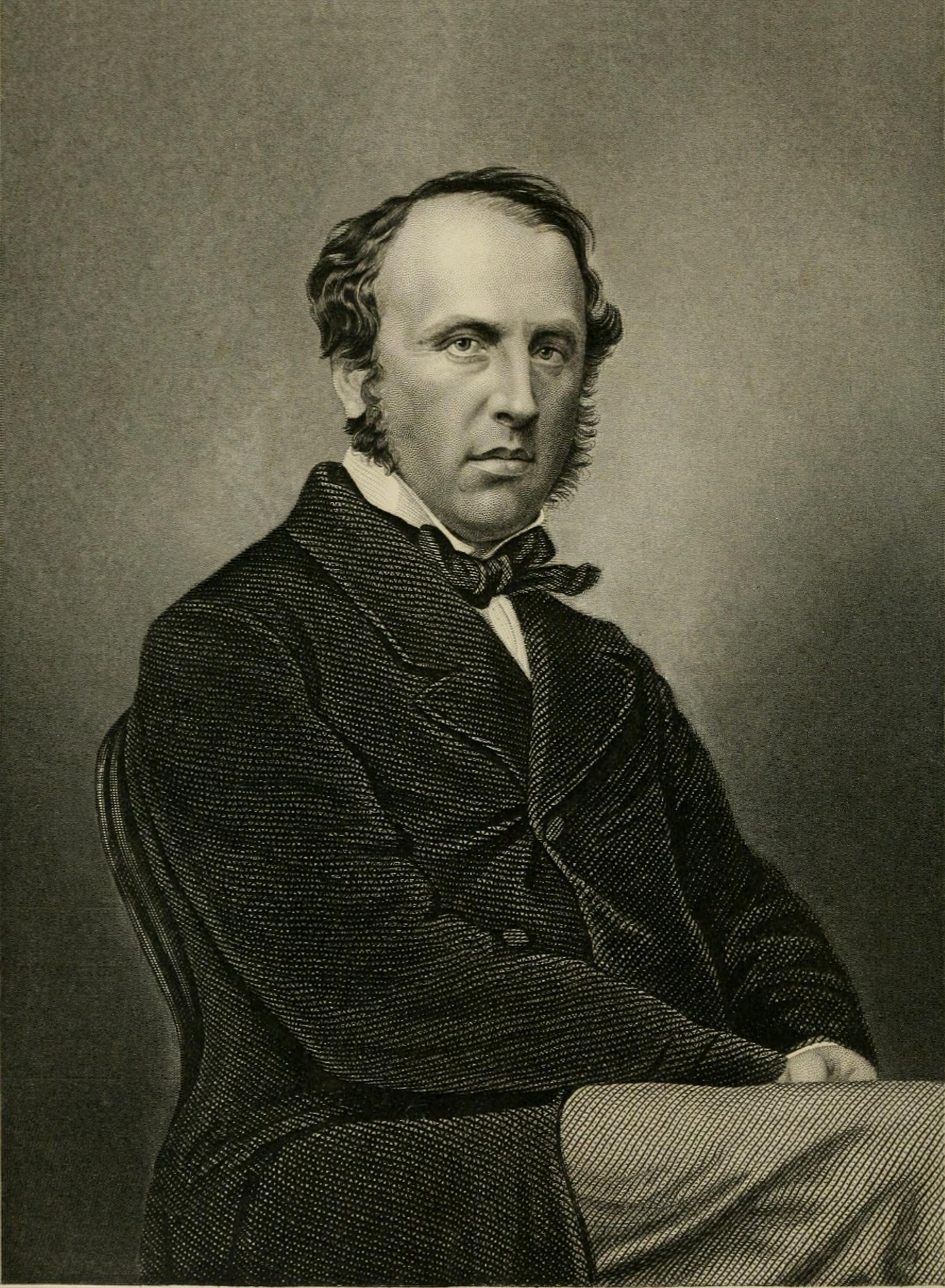
Earl Charles Canning, former Viceroy of India
Photography was just being invented and popularized around the time, and had arrived in India. So, Lord and Lady Canning also arranged to create and collect a vast number of photographs depicting various regions and people of India, which has left an enduring photographic record of the times.
She died in India a few years after the mutiny, in 1961, at the prime age of 44, from malaria. In that short span, and an even shorter combined tenure in India, she produced some 350 water colours representing the country, and thus left her legacy that has endured perhaps even more than her illustrious husband or father-in-law.
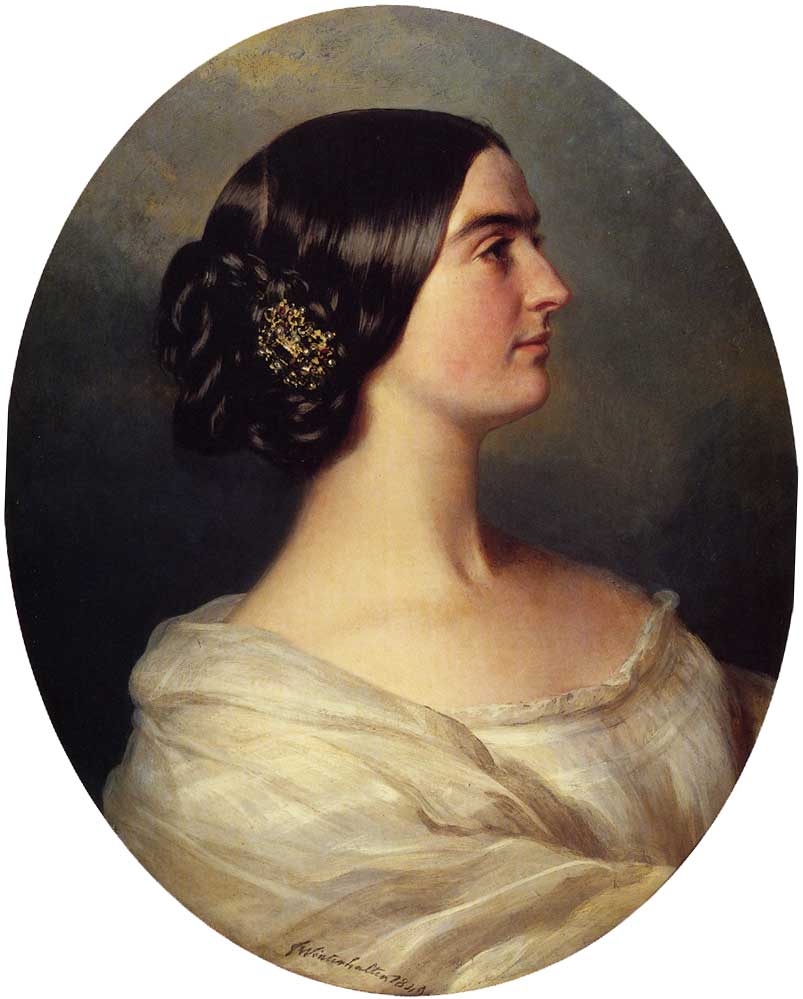
Lady Charlotte Canning
Fast forward to the present and I was looking at the names of three people from a single village of Canning, Nova Scotia, a thinly populated eastern province in Canada signing up on my petition on Glyphosate. This should not come as a surprise – Nova Scotia, along with Prince Edward Island and New Brunswick, are often lumped together in calculations of pesticide use, and has the highest per capita and per acre pesticide load in Canada. The region also enjoys the dubious unenviable record of being a sort of cancer capital for Canada. The region was also being used extensively for aerial spraying of Agent Orange on an experimental basis, before it was used in Vietnam, and for which deformed babies are still a fact of life there, and people in the eastern Canada are still fighting for the Government to accept that people were poisoned during that horrific test by American producers.
That leaves four more people from Cannington on the outskirts of Toronto, Ontario that also signed into the petition. I did speak in Toronto, Ontario, along with Dr. Thierry Vrain, about the dangers associated with allowing glyphosate in our environment. Perhaps some of the people signing up from there had heard me speaking.
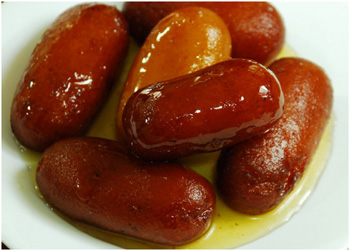
Ledikeni
And that leaves the Bengali sweet “ledikeni”, which survives till this day in West Bengal, India. A cheese-based fried sweet, its distinctive features is its molten sugar syrup of lightly flavored cardamom powder. One of the main ingredient of any Indian sweet is of course – sugar. In India, it is made from Sugarcane.
These days, the sugarcane plants is being desiccated with RoundUp, with Glyphosate as a killer poison, in many parts of Bengal, I am told. So, it is more than possible, and very likely that the sweet ledikeni, prepared in Bengal today, contains glyphosate and will bring its share of ill-health to the people of Eastern India, much as any sweet in Canada or USA, coming for sugar beet, also laced with Glyphosate, is bringing ill-health in North America.
And that brings me back to where I am, looking at the list of 21,000 people that supported my petitions, and trying trying to find new ways to resist the approval of this chemical for use in Canadian agriculture on one side, and trying to add a chapter for my book on the other.
And, I so like the paintings of Charlotte Canning.

